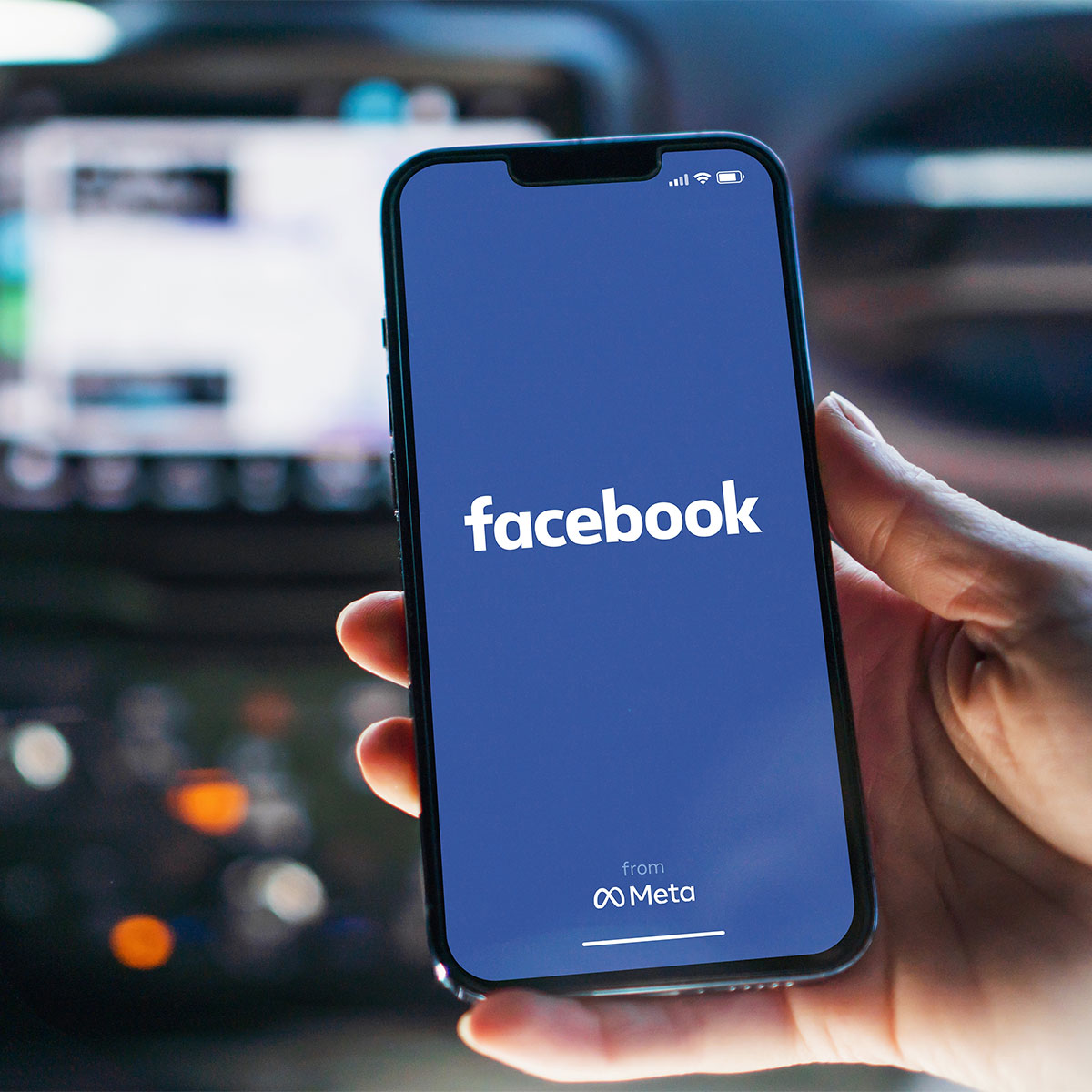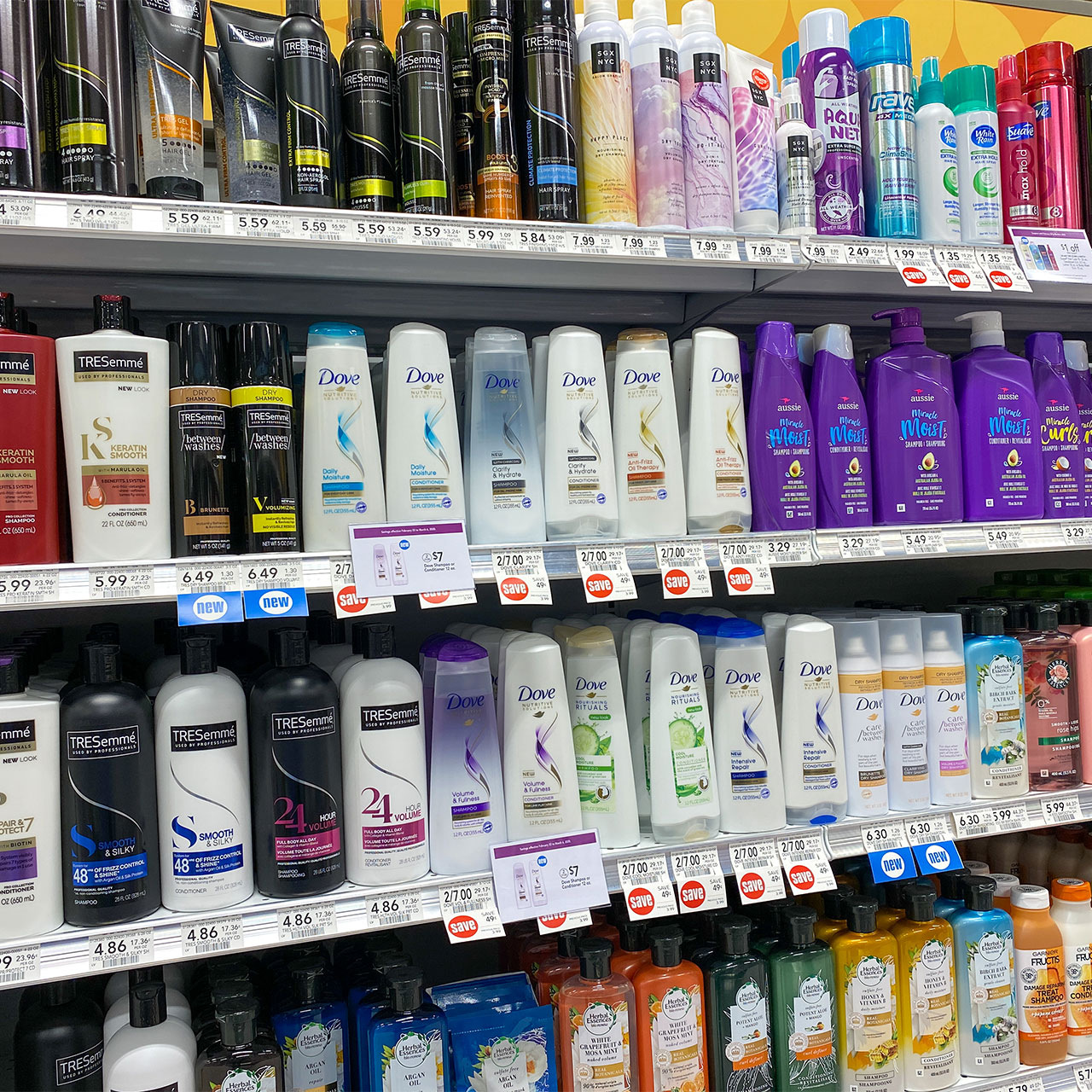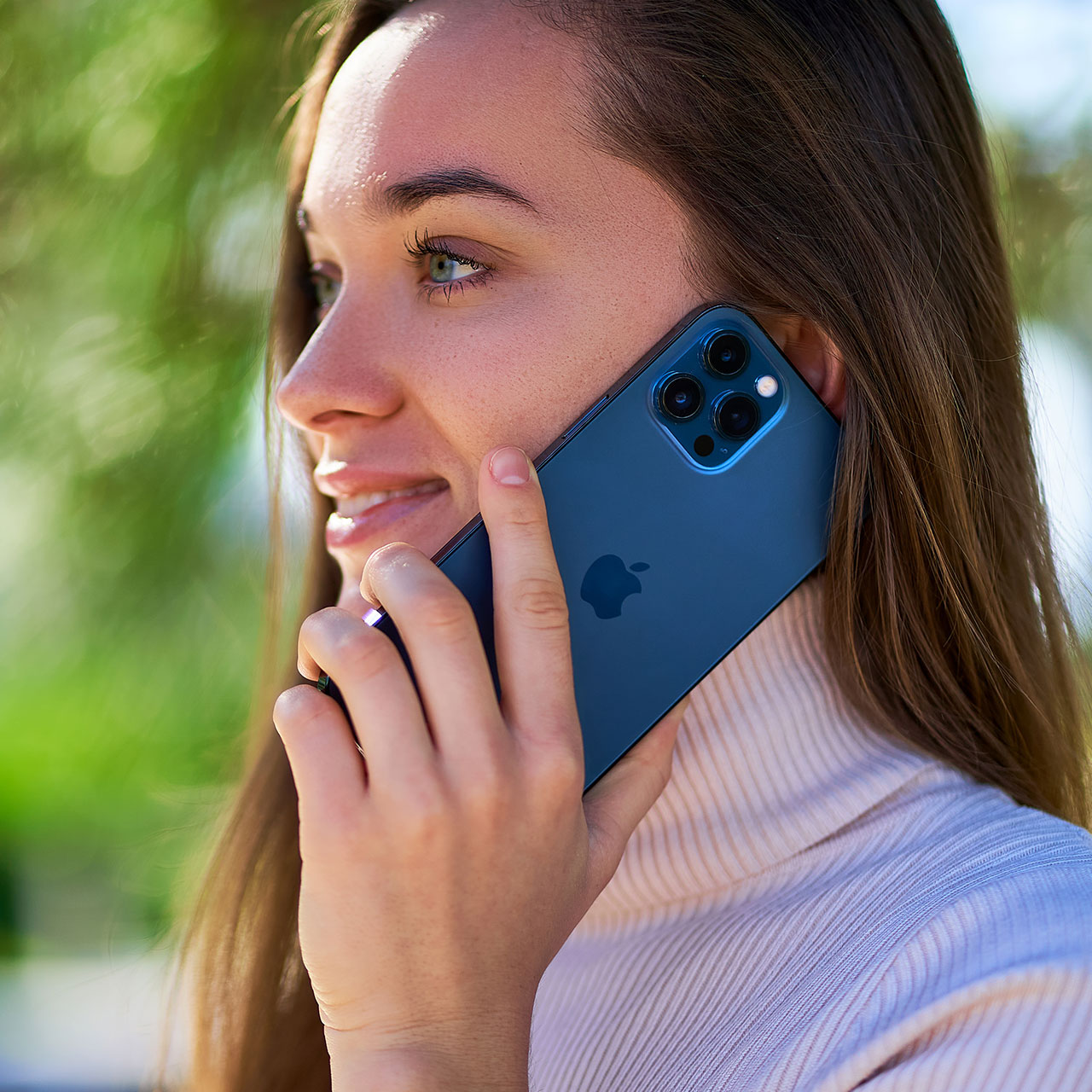To keep Facebook or not to keep Facebook has been a raging debate for some people for the last decade or so. While many Facebook users chose to jump ship after Mark Zuckerberg testified in the Cambridge Analytica Privacy Lawsuit, many more simply feel like they’ve invested too much time, too much sharing, and too many photos on the platform to watch it all dissolve. But you don’t have to choose between Facebook and your privacy and security, either. There are Facebook settings you can change that can help keep you safer on the platform.
“First off, let’s talk about privacy on Facebook, because it can mean two different things,” said Emma McGowan, privacy and security expert and senior writer at Avast. “There’s privacy from other people and privacy from Facebook. Luckily, their privacy settings give you some options for controlling both types of privacy. However, if you’re someone who really, really cares about online privacy, you’re going to need to leave Facebook altogether. Their entire business model is based on providing you with a ‘free’ product that you pay for by giving them access to your data, which they then use to sell advertisements. So privacy-obsessed people likely aren’t going to want to be on the platform at all.”
With that in mind, if you still want to keep Facebook but stay as private as possible, here are McGowan’s tips.
Protecting Your Privacy From Other People
“If you’re concerned about your privacy from other people on Facebook, then the two settings you should change immediately are: who can see your posts and who can see your personal information,” McGowan said.
In order to change who can see your posts, you’ll need to go to the “settings and privacy” section, which can be found by clicking your profile in the upper right hand corner, McGowan said. “Once that section is open, click on ‘Privacy’ in the top left. Then click ‘Edit’ and choose which group of people you want to give permission to see your posts. This feature is important because it ensures that only the people you want to have access can see what you share.
“The next setting you’ll want to change is how visible your personal information is,” McGowan said. “It’s important to remember that some of the information that’s shared by default on your personal profile could be used for stalking or identity theft, so it’s worth taking a look. In order to get all of that information private, you’re going to go to your profile page. Click ‘edit details’ in the lefthand column and choose via slider which things you’d like to share publicly. Once that’s done, you can head back to your main profile page and click ‘edit bio.’ If you choose to have a bio on Facebook, it’s public by default. So if you don’t want any information shared there, just leave it blank.”
Protecting Your Privacy From Facebook
“Protecting your privacy from Facebook is whole other situation, but the most important setting you should change immediately is related to ads,” McGowan said. “This limits the amount of data that Facebook can collect about you.”
There are three sections, McGowan explains: categories used to reach you, audience-based advertising, and ads shown off of Facebook — all of which can be found in the settings area under “Ads” and then “Ad Settings.”
“For audience-based advertising, you’ll have to click on each company, click on the section titled ‘Why are you included in this advertiser’s audience?’ And then click ‘Don’t Allow,’” McGowan said. “There’s no ‘remove all’ — and it’s likely Facebook has made those Don’t Allow buttons difficult to find on purpose — so pop in a podcast because it might take a while.”
For the other ad categories, you can click right on them in “Ad Settings” and toggle off the ones you don’t want them to use, McGowan added.
There’s no real substitute for deleting Facebook altogether, but these privacy tips can give you back some control over who has access to your profile and data.


























